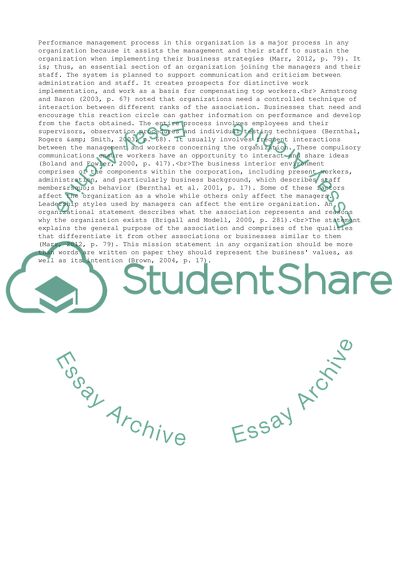Cite this document
(Performance Management System Research Paper Example | Topics and Well Written Essays - 2000 words, n.d.)
Performance Management System Research Paper Example | Topics and Well Written Essays - 2000 words. Retrieved from https://studentshare.org/management/1645506-practical-and-written-assessment
Performance Management System Research Paper Example | Topics and Well Written Essays - 2000 words. Retrieved from https://studentshare.org/management/1645506-practical-and-written-assessment
(Performance Management System Research Paper Example | Topics and Well Written Essays - 2000 Words)
Performance Management System Research Paper Example | Topics and Well Written Essays - 2000 Words. https://studentshare.org/management/1645506-practical-and-written-assessment.
Performance Management System Research Paper Example | Topics and Well Written Essays - 2000 Words. https://studentshare.org/management/1645506-practical-and-written-assessment.
“Performance Management System Research Paper Example | Topics and Well Written Essays - 2000 Words”, n.d. https://studentshare.org/management/1645506-practical-and-written-assessment.


